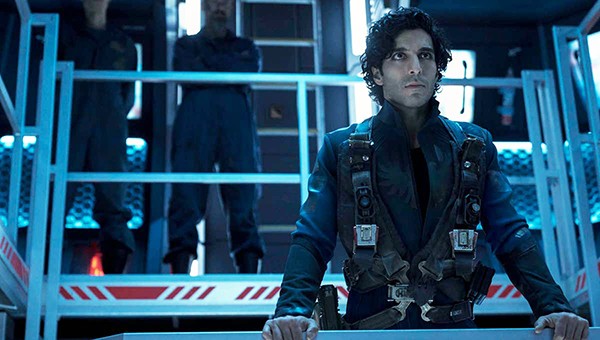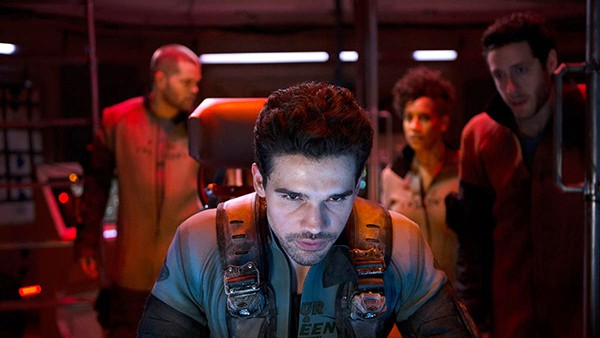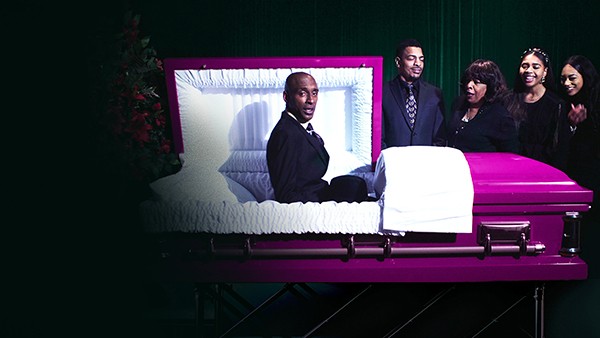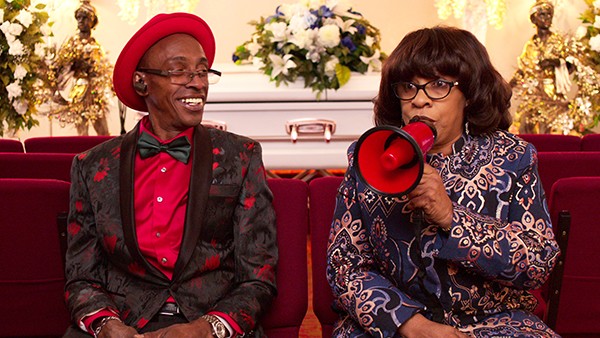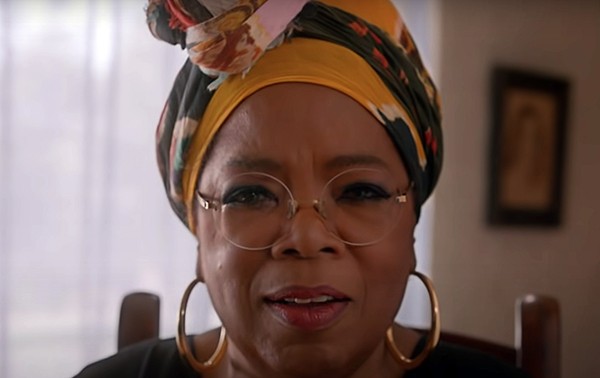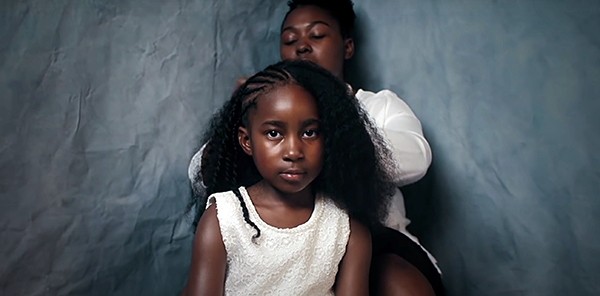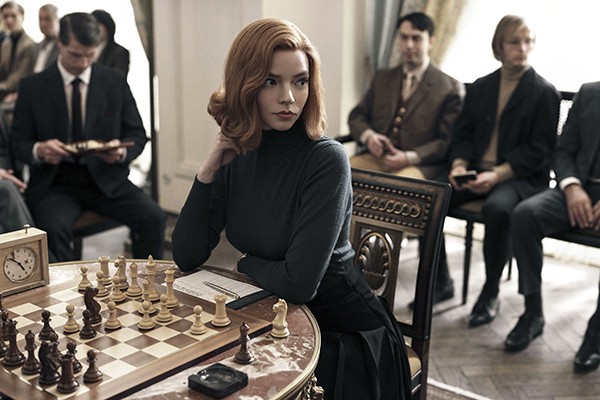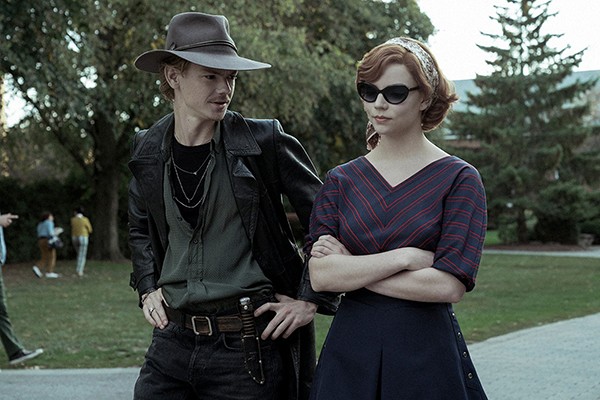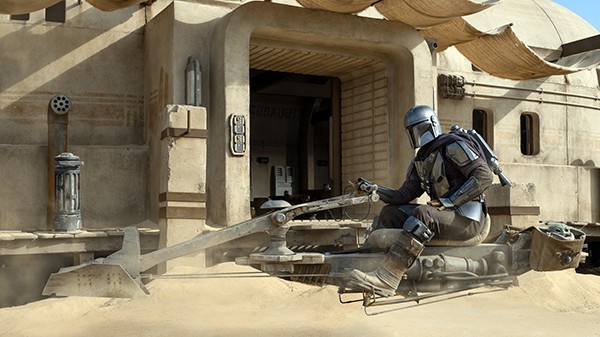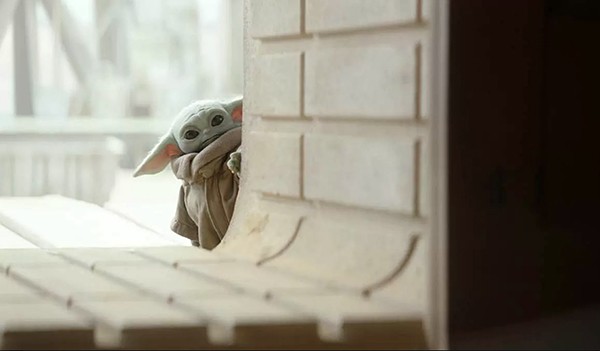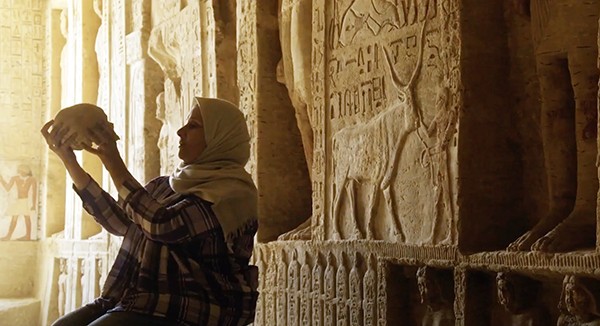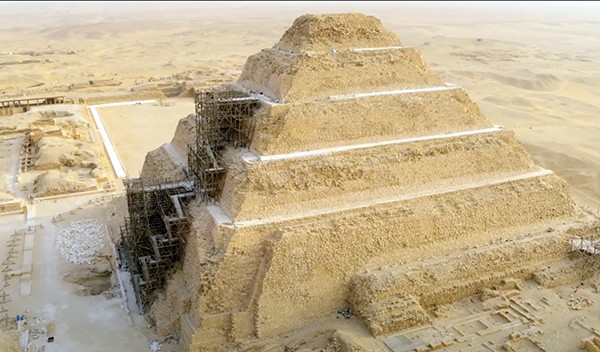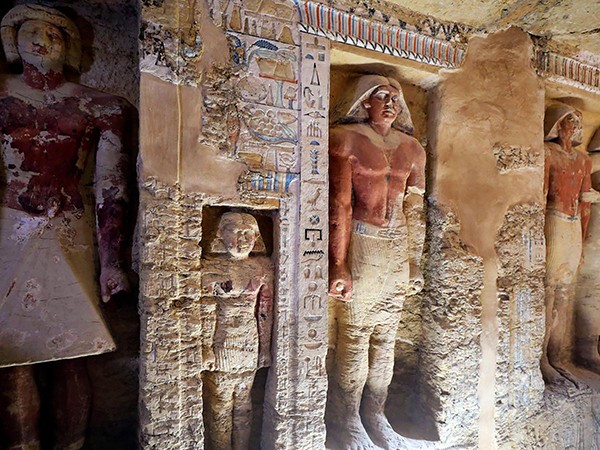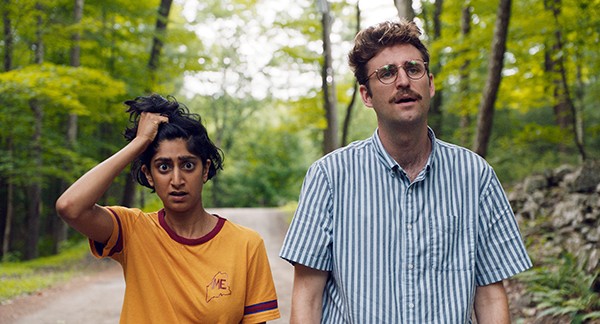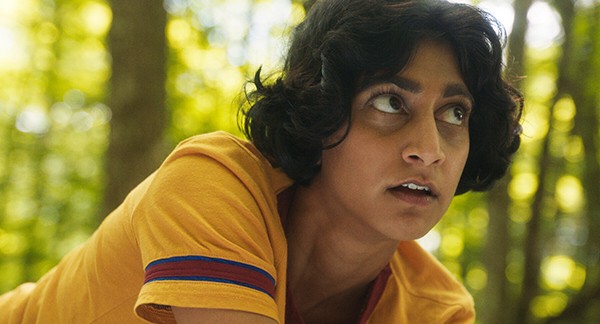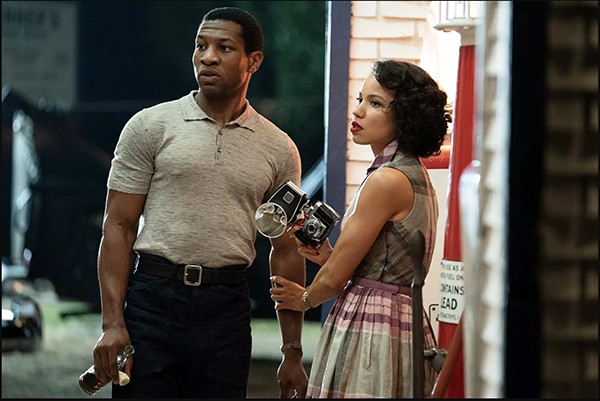The first space Carmeon Hamilton designed was her dorm room at the University of Central Arkansas in Conway. It was there she caught the design bug, and carved out a niche for herself as a blogger and, eventually, social media influencer, with her work appearing in the pages of Southern Living, Architectural Digest, and Memphis magazine.
She built up a big following on Instagram, and in February 2020, her social media prowess paid off. “I got a message from a casting producer on Instagram,” she says. “I couldn’t tell anybody about it at the time, but I auditioned, and recorded a few interviews. I didn’t even know what show I was being cast for! He told me it was a competition. I had been through the reams of interviewing and casting for a couple of years, trying to get my own show, but it never worked out. I never imagined that I would be competing for my own show!”
It wasn’t until late July that she found out what she was auditioning for. The show was Design Star: Next Gen, a reboot of a beloved HGTV series, which ran from 2006 to 2013. Hamilton was set to compete with seven contestants from all over America in a series of interior design challenges over six episodes. The show’s grand prize is $50,000 and a contract for the winner to create their own show for discovery+.
But it almost didn’t happen, Hamilton says. “My business blew up right before I was supposed to leave, so I almost didn’t do the show. I was very leery about leaving a very successful and profitable business, but my husband and my best friend convinced me to go. I’d have my business for as long as I wanted it, but it’s a rare opportunity to be cast for a show.”
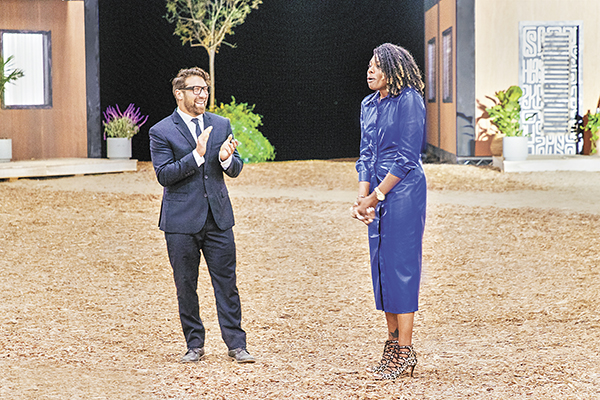
At the end of October, Hamilton flew to Los Angeles for a month of taping. “The entire process was very surreal, but definitely one I will cherish for the rest of my life,” she says.
As Hamilton and her fellow contestants were being pitted against each other in competitions such as redesigning “the ugliest rooms in America” and creating inviting spaces inside train cabooses and city buses, they were becoming fast friends. “We were all very leery of going into a competition because there’s always a villain and animosity and drama, and none of us wanted that,” says Hamilton. “We all ended up being really close and supportive, and I think that aspect made the show experience that much more positive. We’re still close to this day. We talk almost every day, because we’ve all had to keep the secret to ourselves.”
The main shoot took place during the height of the pandemic, so elaborate precautions had to be taken to avoid an outbreak on set. “The production team was incredible,” Hamilton says. “I don’t think I’ve ever felt as safe.”
In the final episode, which aired on March 31st, the final three contestants were tasked with creating a bedroom that reflected their signature styles, and then raced to create a full build out of their “dream room.” When guest host Jonathan Scott of Property Brothers announced the winner, Hamilton was shocked to hear her name. She says the reaction to the show has been extremely positive. “I am still opening messages from a week ago with all the congratulations. I got thousands of messages before lunch the day the finale aired. The wave of support I’ve gotten from just Memphis in general has been incredible! I was already in love with this city, and now I love it even more.”
Hamilton has spent the beginning of 2021 preparing to launch her own show on discovery+ “We don’t have a start date yet, but we’re getting all the details together to get the final stamp of approval from the network. Hopefully, we will start shooting soon. It will be here in Memphis. I wanted to bring that element of production here, to the city, to showcase my love for Memphis and how great it is.”
Design Star: Next Gen is streaming on discovery+.



